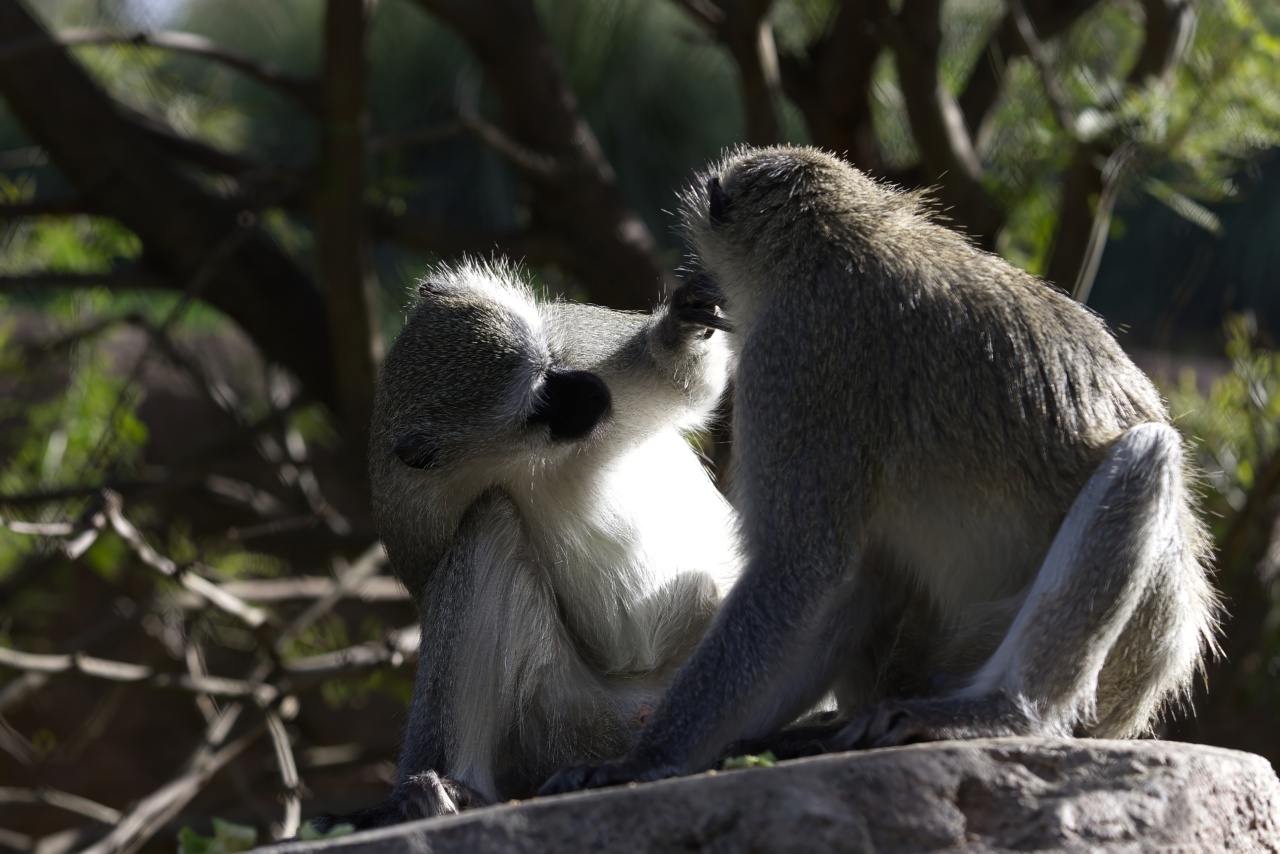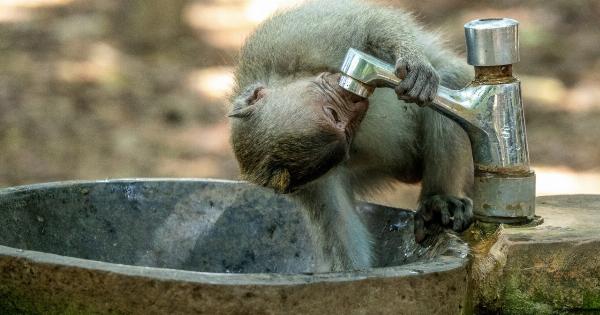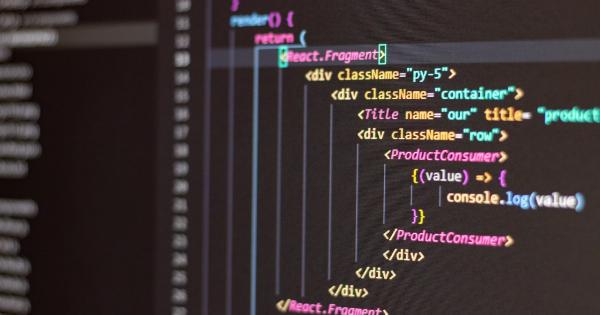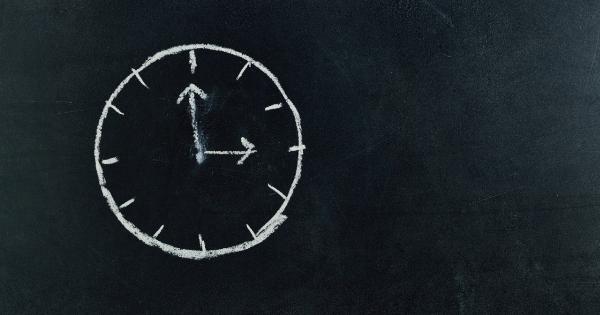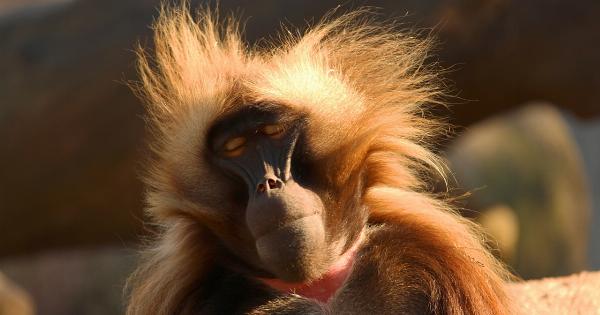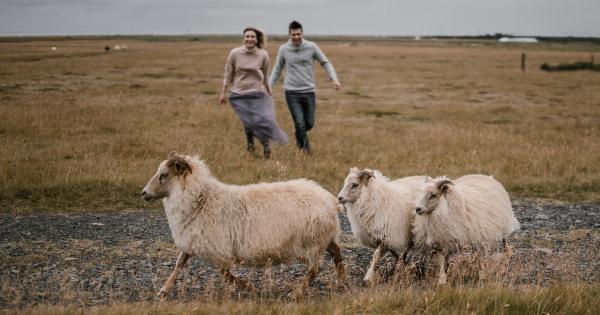Monkeys, known for their intelligence and ability to learn, have fascinated scientists for centuries. These curious creatures have been observed using tools, communicating through various vocalizations, and even showing signs of self-awareness.
Now, a recent study has revealed that monkeys can also learn to point from each other, a behavior previously thought to be uniquely human.
The Study: Unlocking the Secrets of Monkey Communication
In order to investigate this behavior, a team of researchers conducted a series of experiments with capuchin monkeys. Capuchins are highly social primates known for their intricate social structure and advanced cognition.
The research team aimed to determine whether monkeys possess the ability to learn and understand pointing, a key aspect of human communication.
The experiments involved pairs of monkeys, where one monkey was designated as the “signaler” and the other as the “receiver.” The signaler was trained to indicate the presence of hidden food to the receiver by pointing at it.
The receiver, who was initially unaware of the hidden food, had to learn to interpret and understand the pointing gesture.
The researchers discovered that monkeys are indeed capable of learning to interpret pointing gestures. Over the course of the study, the receivers gradually learned to follow the signaler’s pointing and locate the hidden food.
They also exhibited behaviors such as head turns and gaze shifts, indicating their understanding of the signaler’s intention.
The Role of Social Learning
Through careful analysis of the experimental data, the researchers identified an interesting pattern.
The speed and accuracy at which the receivers learned to interpret pointing gestures increased significantly when they had the opportunity to observe other receivers who had already learned the task. This suggests that monkeys learn to point more efficiently through social learning, similar to how humans acquire new skills by observing others.
These findings indicate that the ability to learn from others plays a crucial role in the development of pointing behavior in monkeys.
By observing and imitating successful receivers, monkeys can quickly grasp the meaning behind the pointing gesture and apply it to their own interactions.
Implications for Understanding Human Evolution
The observation that monkeys can learn to point from each other has important implications for our understanding of human evolution. Pointing is a fundamental aspect of human communication and is considered an early precursor to language development.
By demonstrating that monkeys can also acquire this skill through social learning, scientists can gain insights into the evolutionary origins of human communication.
This study supports the theory that certain cognitive abilities, such as the ability to understand and use pointing gestures, existed in our primate ancestors long before the emergence of humans.
It suggests that these abilities may have provided the foundation for the development of more complex forms of communication in our evolutionary lineage.
Comparisons to Other Primates
While monkeys are highly intelligent and share many cognitive abilities with humans, it is important to note that there are still significant differences between monkey and human communication.
Humans possess a sophisticated linguistic system that allows for the expression of an infinite number of ideas and concepts, whereas monkeys rely primarily on a gesture-based communication system.
However, by studying the communication abilities of monkeys, scientists can gain valuable insights into the evolutionary processes that shaped human communication.
Understanding how monkeys learn and interpret pointing gestures can shed light on the cognitive foundations that allowed for the development of language in humans.
Potential Applications in Animal Conservation
The findings of this study also have practical implications for animal conservation efforts.
Monkeys, especially those threatened by habitat loss and human encroachment, rely on effective communication to navigate their social environments and find food sources. Understanding how monkeys learn and interpret gestures can aid in the development of strategies to enhance their communication abilities and improve their chances of survival in changing environments.
For example, conservationists could incorporate the use of training techniques that mimic social learning processes observed in this study.
By teaching monkeys to observe and imitate certain behaviors, such as locating hidden food sources, researchers could potentially help them adapt to new challenges and increase their chances of survival.
Conclusion
The groundbreaking study exploring the ability of monkeys to learn and interpret pointing gestures from each other has revealed fascinating insights into primate communication.
The results indicate that monkeys possess the cognitive capacity to acquire and understand sophisticated communication techniques through social learning.
These findings not only enhance our understanding of primate behavior and evolution but also have practical applications in animal conservation efforts.
By studying the communication abilities of monkeys, scientists can develop strategies to support their survival and improve their chances in a rapidly changing world.
